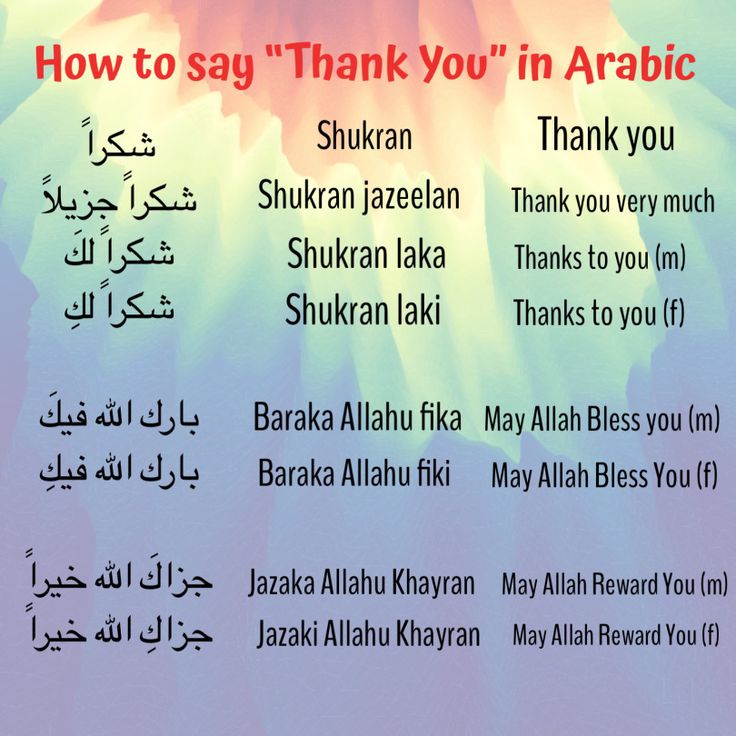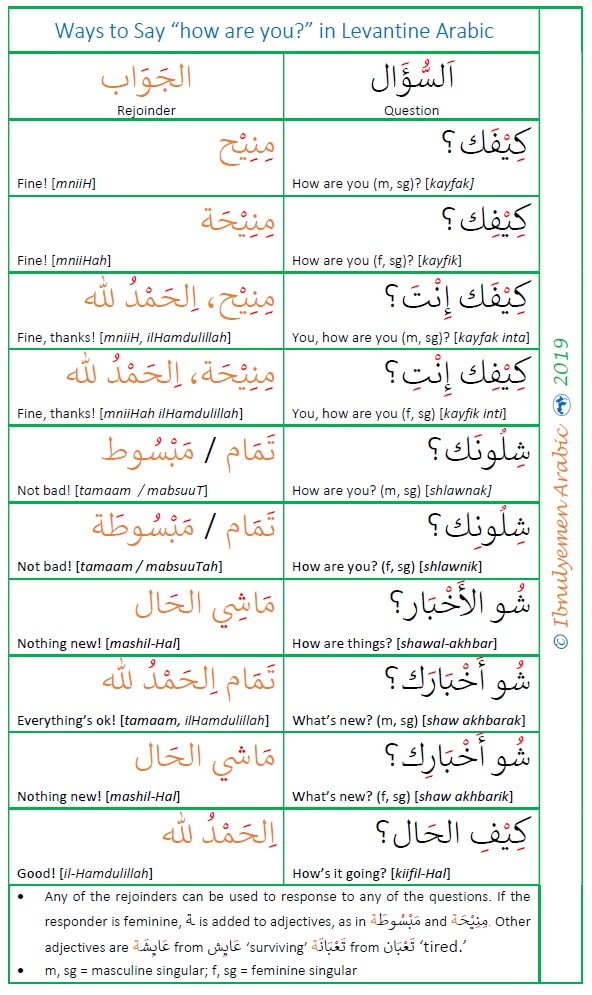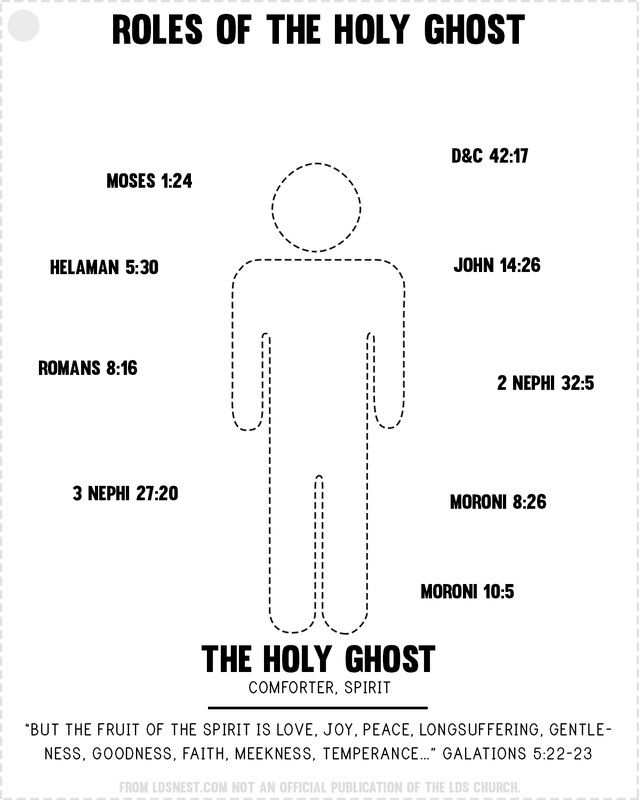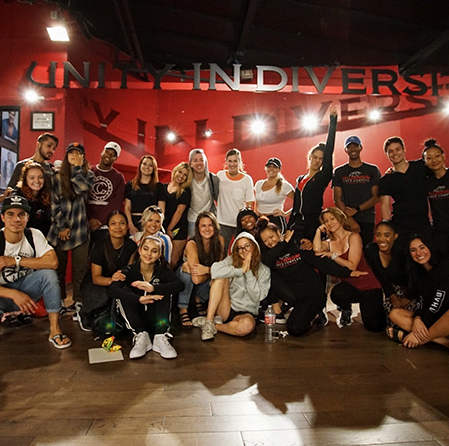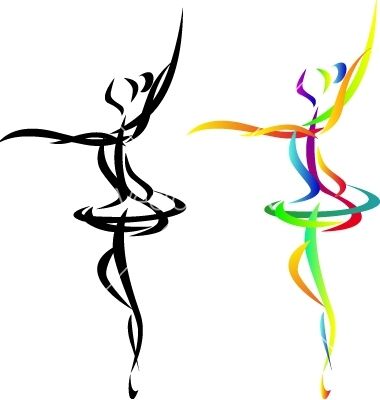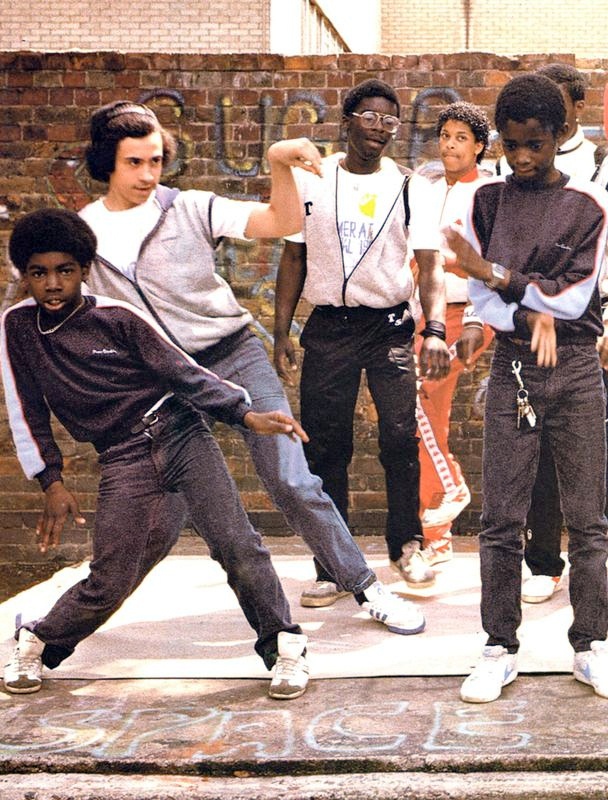How to say dance in arabic
Dance – an Arabic word
raqaSa
ﺭَﻗَﺺَ
dance – past tense he
yarquSu
ﻳَﺮﻗُﺺُ
dance – present tense he
The Arabic verb for dance is written ﺭَﻗَﺺَ and pronunced raqaSa in its basic form (past tense masculinum singular). In present tense, the verb is written ﻳَﺮﻗُﺺُ and pronounced yarquSu. See more conjugations
About the audio files
Part of speech: verb. Pattern: verb
Using the word dance
I love to dance.
Khaled danced.
Khaled did not dance.
Important letters: ﺭ ﻕ ﺹ
The root of the word dance consists of three Arabic letters: ra that is written ﺭ and pronounced r, qaf that is written ﻕ and pronounced q and Sad that is written ﺹ and pronounced S. Words with the same root letters are often related.
Words related to dance
All letters in dance
ﺭَﻗَﺺَ
ﺭ
ﻗـ
ـﺺ
ﺭ
ﻗـ
ـﺺ
ﻕ
ﻗـ
ـﻘـ
ـﻖ
ﺹ
ﺻـ
ـﺼـ
ـﺺ
The Arabic word for dance consists of: The letter ra that is written ﺭ and pronounced r and is a part of the root of the word. The short vowel a that is written as the sign َ above the letter. The letter qaf that is written ﻕ ( here ﻗـ ) and pronounced q and is a part of the root of the word. The short vowel a that is written as the sign َ above the letter. The letter Sad that is written ﺹ ( here ـﺺ ) and pronounced S and is a part of the root of the word. The short vowel a that is written as the sign َ above the letter. Therefore, the word is writen ﺭَﻗَﺺَ and pronounced raqaSa.
Arabic is written from right to left. Short vowels are placed above or under the letters, the are usually omitted.
Learn how to write with Arabic letters
The pattern for dance
fa3ala becomes raqaSa
We have seen that the Arabic word for dance is written ﺭَﻗَﺺَ and pronounced raqaSa. It follows the pattern verb form 1. All Arabic words with this pattern has the structure fa3ala where f, 3 and l is replaced with the root letters of the word.
Since the pattern is fa3ala and the root letters are r, q and S, the word becomes raqaSa.
All Arabic words with the same pattern follow the same structure. If you know the pattern and root of a word, you can often guess its meaning. Learn more about Arabic word patterns
Words with the same pattern as dance
Show more words with the pattern verb form 1
Conjugations of dance
he
raqaSa
ﺭَﻗَﺺَ
he - past tense
yarquSu
ﻳَﺮﻗُﺺُ
he - present tense
she
raqaSat
ﺭَﻗَﺼَﺖ
she - past tense
tarquSu
ﺗَﺮﻗُﺺُ
she - present tense
I
raqaStu
ﺭَﻗَﺼﺖُ
I - past tense
'arquSu
ﺃَﺭﻗُﺺُ
I - present tense
See all conjugations of the verb dance
" dance - Translation into Arabic - examples English
English
Arabic German English Spanish French Hebrew Italian Japanese Dutch Polish Portuguese Romanian Russian Swedish Turkish Ukrainian Chinese
Arabic
Synonyms Arabic German English Spanish French Hebrew Italian Japanese Dutch Polish Portuguese Romanian Russian Swedish Turkish Ukrainian Chinese Ukrainian
These examples may contain rude words based on your search.
These examples may contain colloquial words based on your search.
Roman says "dance," and he dances.
يأمرة (رومان) بالرقص وهوَ يرقص
At the same time, writing windows here for Hundertwasser is practically academic, because its windows usually "dance" and are painted in different bright colors.
وفي الوقت نفسه، فإن كتابة النوافذ هنا لـ Hundertwasser هي أكاديمية عمليا، لأن نوافذها عادة ما "ترقص" وترسم بألوان زاهية مختلفة.
All further measurements will have to "dance" from this place.
جميع القياسات الإضافية يجب أن "ترقص" من هذا المكان.
"Dance time, mommy?"
"وقت الرقص، يا أمي"
"Dance away, live life to your fullest!"
"أرقص بعيدا عش ألحياة بكل طاقتك"
"Dance for the Sun".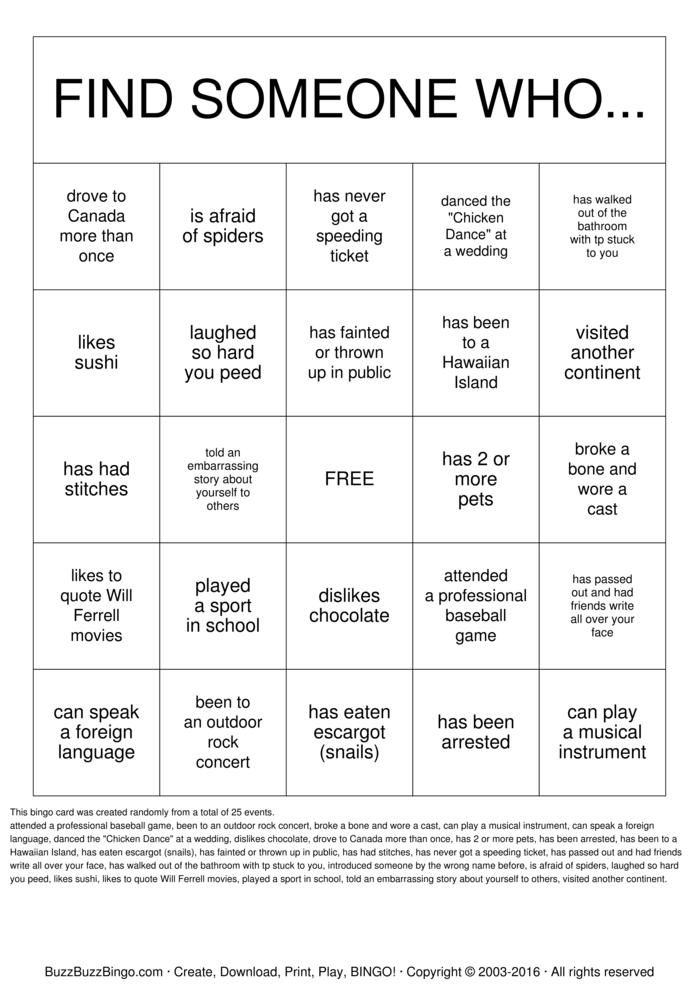
فيلم «رقصة مع الشمس»...
"Dance like nobody's watching!"
"ارقص وكأن لا أحد يراقبك"
In "Dance or Die," anything goes,
في "الرقص أَو الَمُوتُ،" كلّ شيء مقبول،
"Dance in August" Festival in Berlin takes place this month
مهرجان "الرقص في أغسطس" المقام في برلين اختار حقوق الإنسان موضوع هذا العام
1968: "Dance to the Music"
1968: (الغناء من أجل الحياة)
The Teatro Cleon Jacques from the center of Creativity of Curitiba presents this Friday (15/12) the show "the cry of the dance", produced by a group of people with visual impairment who participates in the project "Dance without seeing".
جاك كليون Teatro من مركز الإبداع في كوريتيبا ويعرض هذا يوم الجمعة (15/12) إظهار "صرخة للرقص", أنتجت مجموعة من ذوي العاهات البصرية الذي يشارك في هذا المشروع "الرقص دون رؤية".
When we are in our healthiest state of mind, we "dance" with life.
عندما نكون في حالة صحية لدينا من الاعتبار، ونحن 'يرقص' مع الحياة.
For example, you can request to "dance" with said person.
على سبيل المثال، يمكنك طلب "الرقص" مع الشخص المذكور.
Did somebody say "dance"? Break it down!
هل قال أحدكم "رقص" هيا بنا نفعلها
As you know it, "Dance Powder" is prohibited by the world government.
كما تعلمون, مسحوق الرقص ممنوع بالحكومة العالمية.
That which used "Dance Powder" involving the dryness in this country...
أنا الشخص الذي استعمل مسحوق الرقص لكي يسبب الجفاف في هذه البلاد...
I invite a few friends over for a "Dance Fever" party.
أدعو عدد قليل من الأصدقاء عبر لحزب "الرقص الحمى".
And is this the name that you chose? "Dance mamas"?
وهذا هو الاسم الذي اخترته رقص الأمهات ؟
She likes to call herself the "Dance Machine".
وقالت أنها تحب أن تدعو نفسها "آلة الرقص".
I don't like to teach "dance."
أنا لا أحب فعل "لتعليم"
Possibly inappropriate content
Examples are used only to help you translate the word or expression searched in various contexts. They are not selected or validated by us and can contain inappropriate terms or ideas. Please report examples to be edited or not to be displayed. Rude or colloquial translations are usually marked in red or orange.
Register to see more examples It's simple and it's free
Register Connect
Read online "Oriental dance in 14 days", Marina Oriental - LitRes
Acquaintance
Hello, dear readers! Let's get acquainted.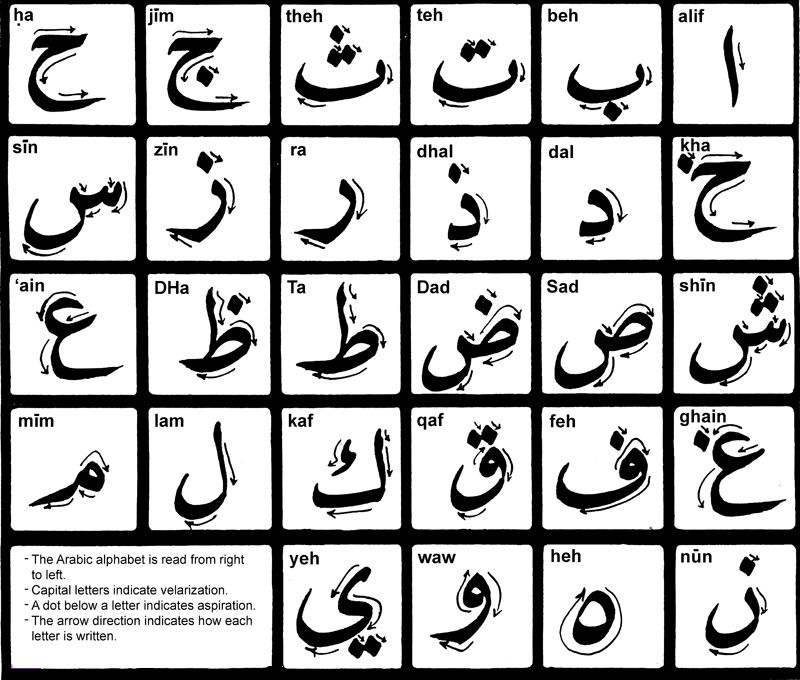 My name is Marina. I am a successful dancer and teacher of oriental dance. I studied with the best teachers in Russia and Egypt. I have been doing oriental dances for more than ten years, since 2004.
My name is Marina. I am a successful dancer and teacher of oriental dance. I studied with the best teachers in Russia and Egypt. I have been doing oriental dances for more than ten years, since 2004.
I have a huge experience of performing at various events: from banquets in restaurants to international festivals, many victories and prizes at Moscow and Russian competitions. My performances invariably delighted the audience and many began to turn to me with a request to teach them how to dance, tell them about oriental dance, costumes, and music.
Since the outbreak of the novel coronavirus infection, when all mass events were cancelled, I have been actively involved in teaching. And in addition to grateful spectators, I have added many satisfied students throughout Russia.
In the book, which is offered to your attention, we will consider the basic base of Arabic dance movements.
Now I would like to introduce you to the basic concepts and ideas in the culture of this art.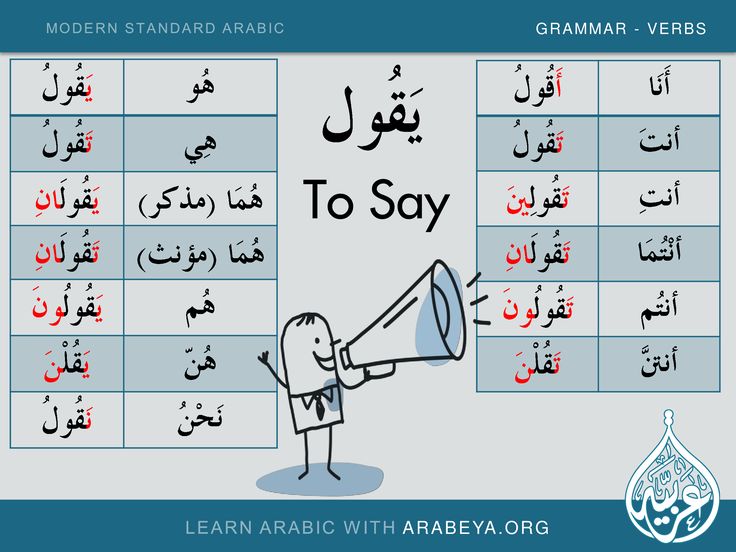
Let's start with a little historical background.
Belly dance or Oriental dance?
The Arabs themselves call their dance "Raqs sharqi", which means "Dance of the East". Arabic dances are a huge layer of culture with many different directions and styles. The classical Arabic dance is based on the Egyptian style of performance.
At the beginning and middle of the 20th century, Cairo was the center of the entertainment industry of the East, a kind of Arab "Hollywood". In the clubs and cabarets of Cairo, one could listen to beautiful singing, enjoy magnificent dances, and watch various performances. These establishments were visited with pleasure by representatives of the Arab elite and guests from all over the world. It was in these cabarets that the style of stage performance of oriental dance, to which we are accustomed, was born. It would be more correct to call this direction "Oriental", i.e., if it is briefly described, it is a beautiful stage dance, the performers of which are familiar with the principles of classical choreography, while not forgetting about oriental authenticity.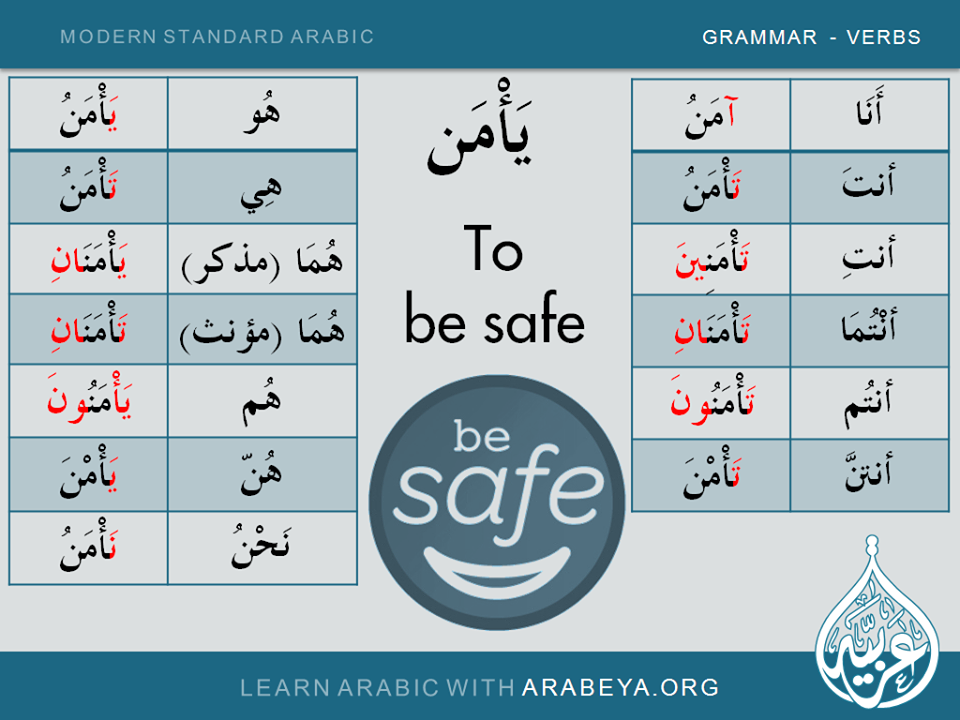 In our book, we consider movements in the Oriental technique.
In our book, we consider movements in the Oriental technique.
So what's right?
I don't recommend using the name "belly dance" for several reasons. Firstly, as I said, Arabic dances are a huge layer of culture, which includes many folklore trends (Egyptian, Persian Gulf countries, Maghreb countries, etc.), as well as classical oriental dance, in which one can also distinguish several directions. And to fit all these dances under the primitive concept of "belly dance" is simply incorrect.
Secondly, the name "belly dance" introduces some confusion. After all, Arabic dances are not danced with the stomach at all! First of all, the dance uses various movements of the hips, body, chest, arms and legs. And also the dance is enriched with penetrations, movements and turns. Directly the stomach is involved almost in the last place.
It would be much more correct to say “oriental” or “Arabic” dances, if we are talking about this direction in general. Or to specify: classical Arabic dance (i.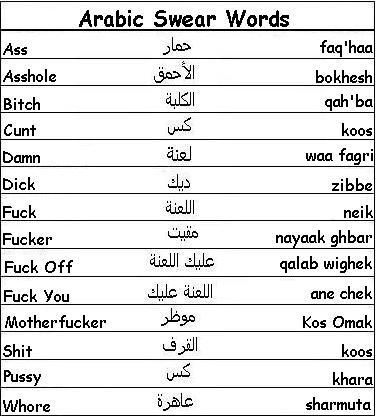 e. Oriental), folklore, etc.
e. Oriental), folklore, etc.
Benefits of Oriental dance
Oriental dance classes are a great opportunity to get in shape without heavy exhausting loads, improve posture, learn grace and beauty of movements, and, most importantly, significantly increase vitality!
Confirmed benefits of practicing oriental dances:
Correct posture, beauty and grace of movements
Opportunity to learn to improvise to any music
Girls and women of absolutely any age, height and physique can practice oriental dances. There are no too thin or fat people for oriental dance. Absolutely anyone can learn to move beautifully and gracefully
Oriental dancing is perhaps the best way to unleash a woman's potential, learn to love yourself, like yourself and accept yourself. But these are not empty words or self-hypnosis. This is your way to transformation through a beautiful dance
Oriental dance is one of the oldest styles that for many centuries has helped girls and women maintain women's health and beauty
This is an indispensable fitness that allows you to gently work out the joints and internal organs
Regular practice of oriental dance helps tone the body and get rid of flabbiness
Finally, it is 100% verified that oriental dance is a great opportunity to improve your mood and significantly increase your energy level! Works right from the first session.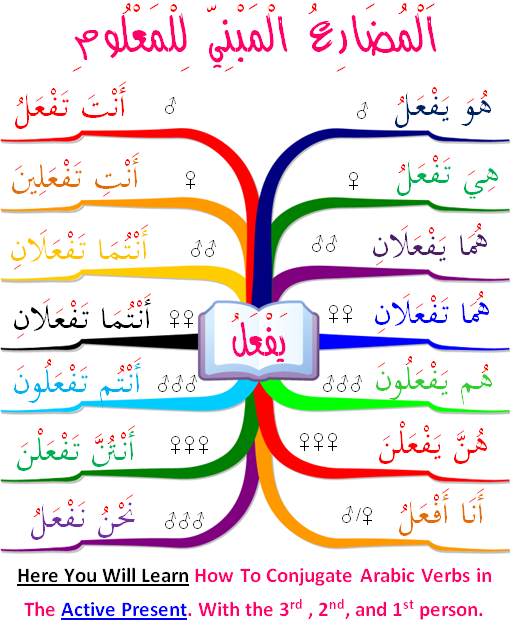 Check it out!
Check it out!
| Pic. 120 Fig. 121 Arabic dance jump 1. We do a twist with the hips, rise sharply on our toes and lower ourselves, which creates the effect of a jump (Fig. 122). 2. Jump with knee lift (Fig. 123). 3. Jumping from foot to foot (Fig. 124). 4. Sit down (Fig. 125). Body in the space of dance A true dancer dances all over - from the tip of her fingernail to the tip of her hair. From any position - sitting, lying down, standing - the body can create its own music in space. Here are some of the “parterre” movements: – wave from top to bottom, bending the knees and lowering them to the floor. Then you can lean back and put the hand closest to the viewer on the floor, continuing the wave with your body; - wave from bottom to top. Fig. 122 fig. 123 Fig. 124 fig. 125 From a kneeling position facing the viewer: 1. Waves from side to side, arms make wave-like movements to the sides. 2. Horizontal Figure Eight with hips forward or backward. 3. Hip circle. 4. Frontal "eight" with the hips from the bottom up or from the top down. With these movements, you can lower the pelvis to the floor between the legs, or on the feet. 5. Right knee squat. We get up - squat to the left of the knees. 6. We turn sideways to the viewer. Wave with the body, put the hand behind, continuing to make the wave. We straighten the opposite leg, turn to face the viewer. 7. Bend the arm and place it on the elbow. We continue the wave with the body from above or below. 8. We rise on the arm and place the opposite leg crosswise behind the knee of the leg of the same name. Arthamatsyendrasana: we twist the "lanterns" with our hands. 9. From a kneeling position, sit down between your knees, continuing to dance. 10. Then you can lie down - your hands and stomach are dancing. 11. Stand with the hips forward, the body is bent, hands behind the head. 12. From the kneeling position, put the foot closest to the viewer on the toe, start moving the hip up and down (circles or arches with the hips). 13. You can also climb through the wave from below - with your hips forward. Even easier - with a wave from top to bottom. Types of Arabic dances Saber dance In this age when men become feminine and women become masculine, the sword dance is becoming more and more popular. But where can one find a craftsman to make such a saber, which could be both cut and balanced? It is easier to find sabers that you can swing but not cut: the so-called balancing sabers are sold in eastern countries, but it’s difficult to call them sabers - props. Some believe that the sword dance does not exist, it has no roots. Nevertheless, at the last Cairo festival, this dance was presented by a teacher from Turkey. And the fact that we have few warriors is true - really few. Well, there are even fewer female warriors. In bellydance, not quite a “saber dance” is presented, it is more reminiscent of a circus performance. But the circus is also good. ALLE! – and the dancer performs a head balance, you applaud! ALLE! - balancing on the chest, applause. ALLE! - balancing on the thigh. Why not take a look… “Dance of the Light Bearer” Shamadan is the name of the candelabra attached to the hat. It is worn by a dancer who entertains guests during the wedding procession. Needless to say, this is quite dangerous: any careless movement of a dancer can lead to very unpleasant consequences - from burning hair or a costume to any others. The shamadan should be very well fixed, and the candles should not melt too much. When performing the “dance of the light-bringer”, care must be taken not to harm yourself or your costume, and also not to let the candles go out. Without proper skill, it will be oh how difficult to dance such a dance! Saidi Saidi— a shepherd dance reminiscent of the Ukrainian hopak. The original version of this dance is performed even now, and not with light canes, but with sticks. Saidi is also called the warrior dance, the forerunner of the sword dance. Shepherds graze their flocks, fighting off wolves with sticks, and sometimes from unkind people, so the shepherd must be dexterous and strong. And the shepherds train their strength and dexterity in the dance, competing with each other in possession of a stick. A more civilized version of this dance is “smoothed and pomaded” in front of an audience and is performed by men. A fairly massive bamboo cane with a curved end is used as a stick. The variant we are used to seeing is the shepherd's dance with a light cane. Saidi has a pronounced "masculine" rhythm, which again is interestingly combined with feminine plasticity, grace and beauty. Maksum Rhythm with an unexpressed male or female character is a kind of “hermaphrodite”. By temperament, it resembles a Russian tap dance (it would be more accurate to say “tap dance” with the hips). In the process of one dance, this rhythm can acquire either feminine (beledi) or masculine (saidi) features. Thanks to this, max has a very diverse, rapidly changing dance pattern, so it is interesting in competitions where you need to show everything you can in a short period of time. Beledi The name of this dance in translation into Russian means "motherland". |

 We turn the body first in one direction, then in the other side slowly, pausing. We try to turn the shoulders perpendicular to the pelvis. You can push off with your hand from the front knee.
We turn the body first in one direction, then in the other side slowly, pausing. We try to turn the shoulders perpendicular to the pelvis. You can push off with your hand from the front knee. 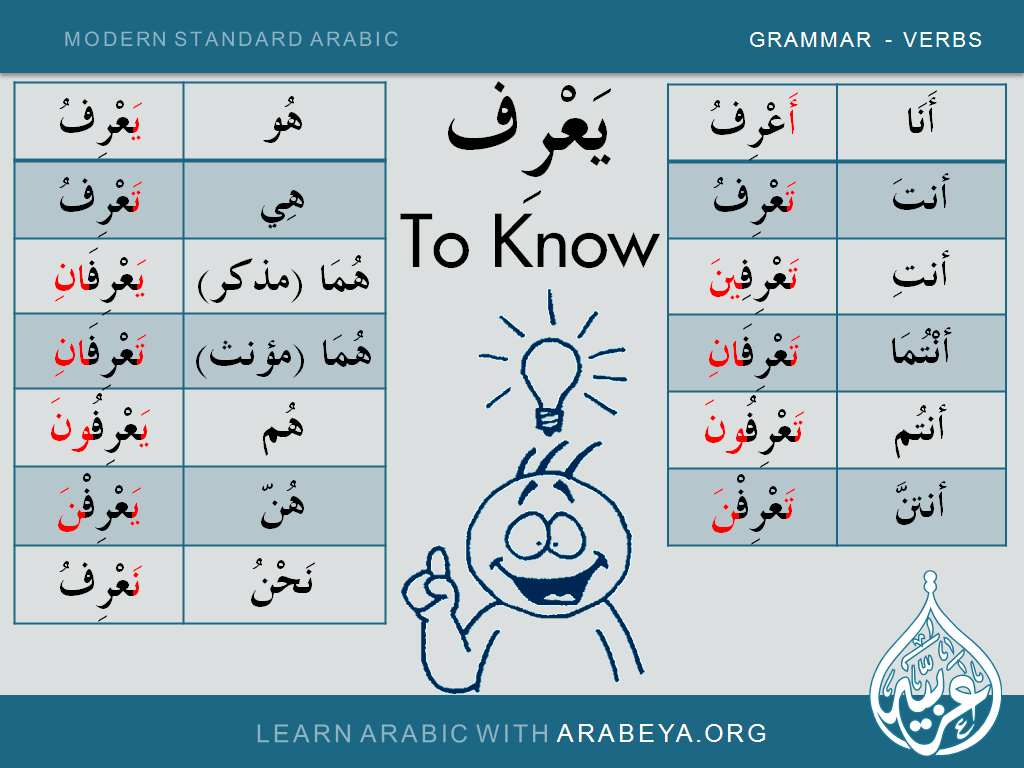 The same deception is presented to us in many films when they show how a fragile girl with thin arms fights with a man and defeats him. It's impossible to win with such thin hands! Try standing for five minutes with your arms stretched out to the sides - is it hard? With a saber - even harder! And if it's a sword, and even a two-handed one? You won’t be able to lift him at all, let alone dance with him. It takes a female warrior to dance with weapons! Saber dance - preparation, training before the fight. During the battle, the warriors in the battle also do not move, but dance - this is a state when the body moves separately from you, obeying fate, the dance of life and death. The gods also dance: for example, in ancient Indian mythology, it is said that when the universe collapses, the god Shiva will dance his dance of death. Dance can kill, and dance can resurrect. Why is there a dance - any movement affects the surrounding space. Therefore, each of your movements must be meaningful, so that you are aware of how you influence the World.
The same deception is presented to us in many films when they show how a fragile girl with thin arms fights with a man and defeats him. It's impossible to win with such thin hands! Try standing for five minutes with your arms stretched out to the sides - is it hard? With a saber - even harder! And if it's a sword, and even a two-handed one? You won’t be able to lift him at all, let alone dance with him. It takes a female warrior to dance with weapons! Saber dance - preparation, training before the fight. During the battle, the warriors in the battle also do not move, but dance - this is a state when the body moves separately from you, obeying fate, the dance of life and death. The gods also dance: for example, in ancient Indian mythology, it is said that when the universe collapses, the god Shiva will dance his dance of death. Dance can kill, and dance can resurrect. Why is there a dance - any movement affects the surrounding space. Therefore, each of your movements must be meaningful, so that you are aware of how you influence the World.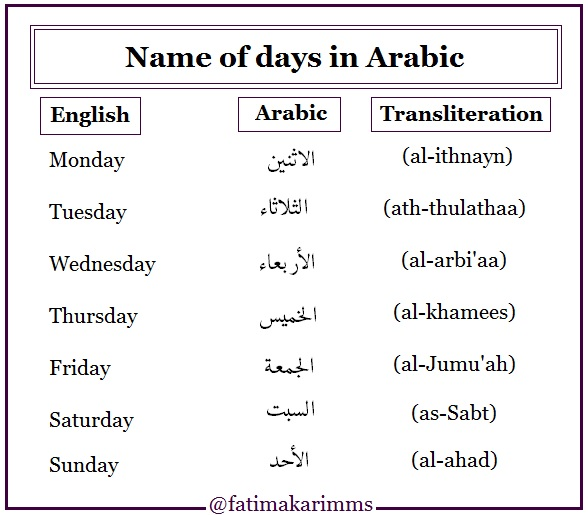 And to know how the World will affect you.
And to know how the World will affect you. 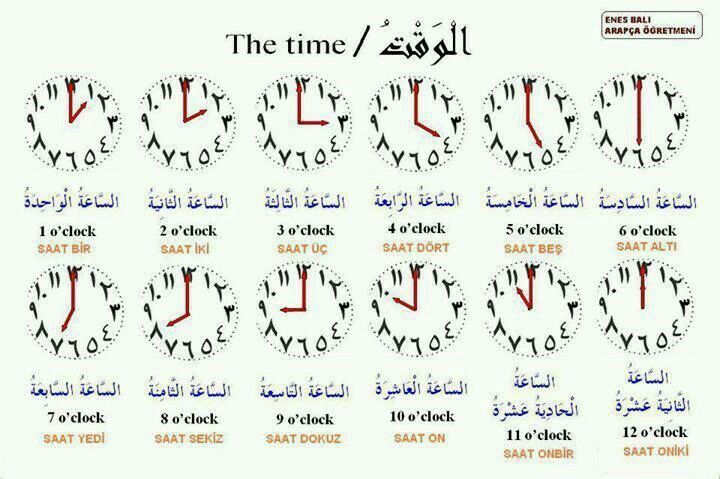 The suit must be thought out in such a way that it deteriorates as little as possible when wax gets on it. Considering that a costume can cost $500 or more, calculate the “cost” of a dance in which it is not a pity to ruin this costume.
The suit must be thought out in such a way that it deteriorates as little as possible when wax gets on it. Considering that a costume can cost $500 or more, calculate the “cost” of a dance in which it is not a pity to ruin this costume. 